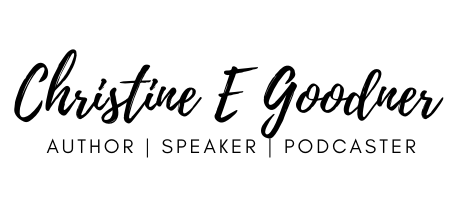This week’s episode of the Time to Practice podcast is the second in a two-part…
The Connection Between Feeling & Sound: An Interview with Kayleigh Miller 
This week we’re speaking with Violist and movement specialist Kayleigh Miller. Kayleigh is certified in yoga, pilates, and personal training. She is also a performing musician in the Pacific Northwest. We talk about how her relationship to practice has changed over time, the connection between movement and music, and many thoughts about practice and life as a musician.

To Listen to the full episode you can find the Time to Practice Podcast on Apple Podcasts, Audible Podcasts, Google Podcasts, or your favorite podcast platform. You can also listen directly from the link below:

The Connection Between Feeling & Sound with Kayleigh Miller – Time To Practice
Highlights with Kayleigh Miller Include:
On what she remembers about practice growing up: ” I don’t remember how I practiced under the age of like 11 at all. And if you look at my Suzuki books, they are like a piece of art in terms of like stickers and colored pencil and the number of markings. So I clearly was paying attention to something, but I don’t remember how I did it. And I did enjoy practice us starting in middle school and high school for sure.”
“I remember reading Madeline Bruiser’s book when I was, I don’t know, 16 or something like that, “The Art of Practicing” and reading some of the other things that were coming out. And I started to see that (practice) as a special time and to be able to do that as a musician was more potent than just doing my scales or like whatever. I started to see that this was a bigger, lifelong process that I was embarking upon.”

On learning the importance of movement: “
I think for me, the biggest thing is that having movement – various forms of movement and self care in my life makes me a better musician. And so I definitely had that connection in my brain when I was at The New World Symphony about 11 years ago. I realized just that the volume of playing was more than I had done before. If you haven’t done an orchestra festival or something like that, you’re playing three to five hours a day and then you practice on your own presumably. And so I knew that I needed to double down on how I was going to take care of my body to manage that because there was no other way to make it through that. And, I didn’t have a history of huge injuries, but I just knew like my back hurts if I do this and my shoulders are tired. And so that connection started to be fortified.”
On Practice: “I think it is interesting to ask yourself how things feel and how they sound. You can make that into a long checklist. Like: What do I notice? What do I feel? What is that connection between feeling and sound?
And that’s something you can also do as teachers. And you can ask your students what they notice. But I think if we can have that intersection between what we feel in our body and the sound we’re creating and how to change it accordingly. But I think that’s a really potent way to have deeply expressive and I’d say honest music making, even if it’s in the privacy of a small room in your house or whatever it is. So I think trying to create practice, create music from a place of embodiment, I think is the goal.”
Links in this Episode:
Find Kayleigh on Instagram : www.Instagram.com/kayleighmm
Kayleigh Miller’s Websites:
www.Musicianshealthcollective.com
The Art of Practicing by Deline Bruser
Transcript
Support the podcast by attending our next Live, Online event all about practice personalities: https://bit.ly/3fS71Aa
What You Practice Today Doesn't Matter
Sign up below & get this short ebook delivered to your email.
Read our privacy policy HERE

